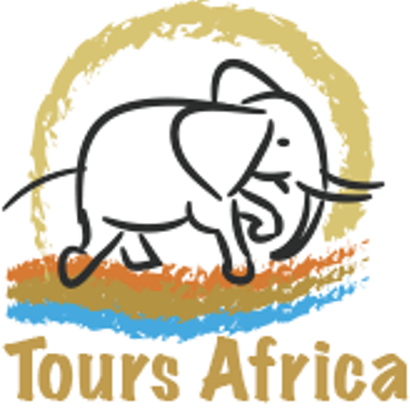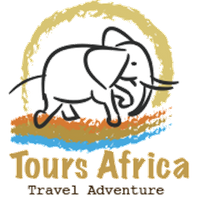
Cape Town City's Waste is Ending up in its Fish
Fish Caught Off Cape Town Coast full of Chemicals and Pharmaceuticals
It will come as little surprise to many people that the oceans around Cape Town are heavily polluted with a variety of chemicals and pharmaceuticals that are now being found in the flesh of fish being caught.
Fish found in waters off Kalk Bay have been found to contain everything from antibiotics and pain killers to cleaning chemicals and other toxic substances. Since 2017 scientists have been finding increasing levels of chemicals and pollutants in a variety of fish species including Snoek, Cape Bream and Panga with at least 15 different chemical compounds being found in alarming numbers.

Tests conducted by the University of the Western Cape’s (UWC) chemistry department found that the highest concentrated chemical was Diclofenac, a well-known pharmaceutical drug. A variety of other industrial chemicals including different types of harmful acids were found in fish that are consumed by humans.
Where does the pollution come from?
The largest source of chemicals found in fish comes from poorly treated or untreated sewage that is allowed to flow into the sea. Chemicals and pesticides are thought to flow from stormwater drainage. Every day over 37 million litres of sewage flows straight into the sea off Cape Town between Hout Bay and Green Point. The sewage is only lightly filtered to remove large objects but little other treatment is provided.
Furthermore, medical waste from the Christiaan Barnard Hospital is allowed to flow into the ocean between Salt River and Bantry Bay.

Away from the City, there are other sources of sewage entering the ocean in the False Bay area. Here wastewater is supposed to be treated for bacteria such as E.coli and Enterococcus and yet tests are showing that the minimal guidelines for treatment are not being adhered to or met.
What the City of Cape Town says
Outside of the testing undertaken by UWC, the City of Cape has done no testing for chemicals and pollutants in fish. The city is aware of the pollution that enters the ocean via the stormwater system and often blames this for sea pollution and not the sewage outlets when sea water fails to meet minimum guidelines in terms of cleanliness. This being said, during May 2019 the waters and coastline around the Zandvlei Nature Reserve were closed due to a sewage spill into the Zandvlei Estuary. Prior to this, a further sewage spill was reported in April 2019 flowing into a major fish nursery in the estuary.
Lack of Water Quality information
The City of Cape Town no longer makes the results of water quality tests public. Because of this, there is no certainty of the water quality and indeed the levels of contamination in the fish being eaten. Organisations such as GroundUp have made regular requests for the information to be made available. However, these repeated requests for information that is of public interest have fallen on deaf ears. The City does state that there are various public opportunities where the information is presented, those who are concerned believe this is simply not good enough for accountability purposes.
Organisations such as the Zandvlei Trust say that no reports have been presented. Furthermore, organisations such as the Fish Hoek Ratepayers Association has received some information on water quality but due to being forced to sign a non-disclosure agreement none of the facts can be shared, good or bad.
What is known
There are some water quality reports available, but these date back to 2018. There are no real facts and nothing helpful as the information available to the public is sketchy at best. From the information, it can be gleaned that many beaches and areas of ocean failed the minimum water quality guidelines. The information does not show how far the beaches and stretches of water failed by only that they failed. The 2018 information shows Fish Hoek, Muizenberg, Mnandi, Monwabisi, and Kalk Bay Harbour beaches on a list of many that failed.

Other concerning facts about water quality that could be affecting the fish we eat include:
- Dangerous microbial levels flowing from the Kuils River into the ocean at False Bay. The city denies that the levels are high, Stellenbosch University and UWC dispute this.
- Chemicals are known to be leaching from the Coastal Park Landfill site near Muizenberg. It is not known what is leaching but the chemicals are known to be toxic.
- High levels of E. coli have been found in both ocean and drinking water supplied around the Fish Hoek region. Tests completed in May 2019 by South African–Norway Cooperation on Ocean Research around Fish Hoek showed E.coli counts more in line with raw sewage than clean water.
These are all worrying facts and various agencies and organisations are doing their best to get more accurate information to the public. Facts such as stormwater systems becoming more sewage systems than drainage systems are worrying. Even more worrying is the strength of the E.coli bacteria and its diminishing levels of resistance to antibiotics, perhaps due to antibiotics being present in the water. For now, we live with what we have but we do need to become more aware of what we are drinking and what we are actually eating from our local oceans.
For inspiration and insider tips, follow us on Instagram, Facebook, or Twitter or subscribe to our newsletter to get the best South African experiences sent straight to your inbox.
Leave a comment
Comments will be approved before showing up.






Carson eCommerce Collaborator
Author